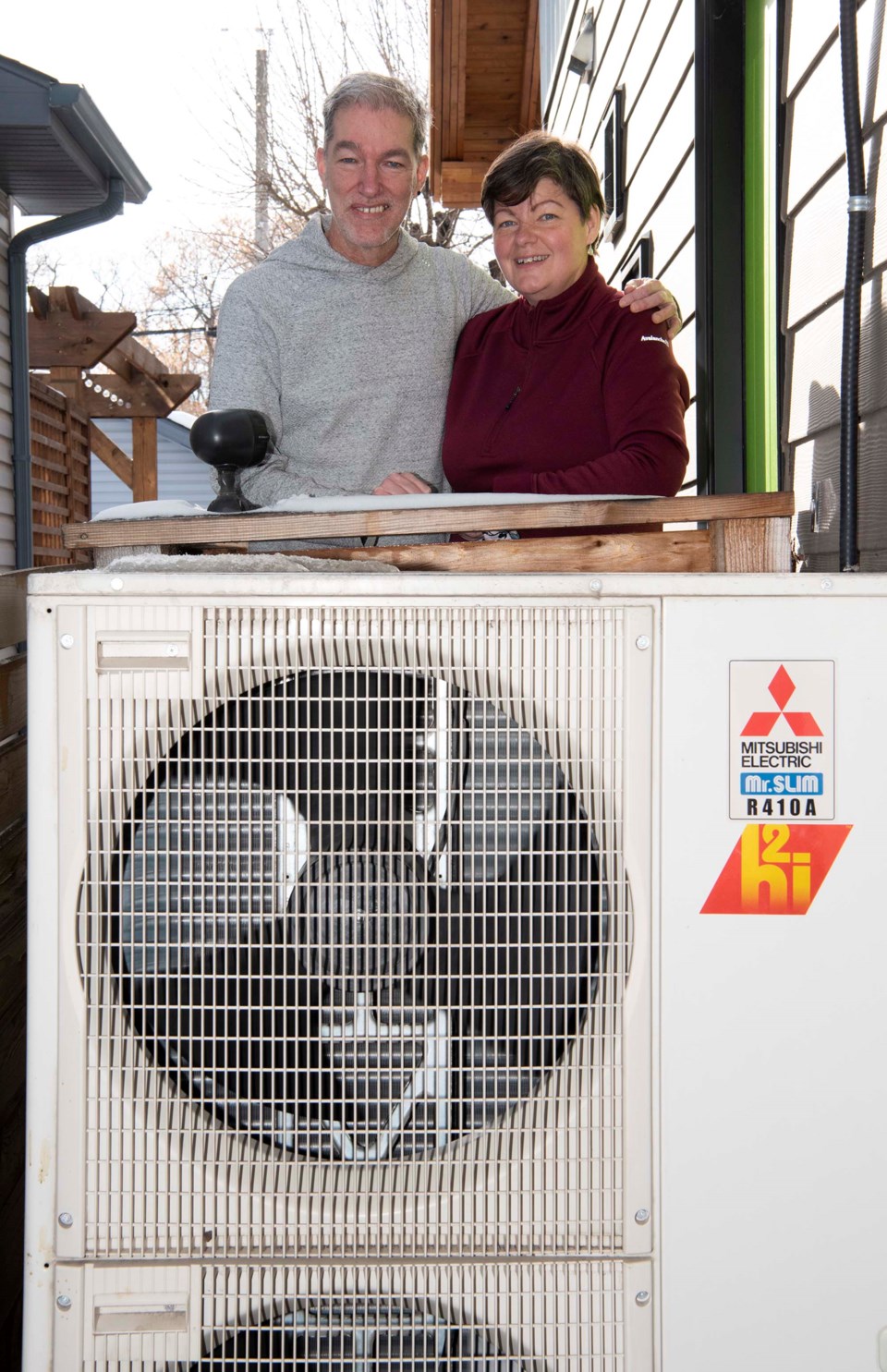St. Albert now has $5 million in federal cash to fund a home-energy retrofit program that could add $17 million to the local economy.
Federal Natural Resources Minister Jonathan Wilkinson and Federation of Canadian Municipalities president Taneen Rudyk announced a $25.6-million investment on Oct. 3 to support home energy retrofit programs in St. Albert, Calgary, Lethbridge, and Canmore. St. Albert received $5,017,400 of this money.
The cash comes from the FCM’s Green Municipal Fund (which is backed by the federal government) and will support Clean Energy Improvement Programs (CEIPs) in these communities. Said fund has previously backed CEIPs in Edmonton, Leduc, Devon, and Rocky Mountain House.
In a news release, Wilkinson said the federal government is working with Alberta municipalities to deliver greener buildings and sustainable economic growth.
“Today’s announcement with the Federation of Canadian Municipalities will help our partners in Calgary, St. Albert, Lethbridge, and Canmore deliver more efficient and comfortable homes that will lower bills for Canadian families, take action against climate change, and create good jobs for workers.”
In an interview, City of St. Albert acting environmental manager Meghan Myers said this cash will fund CEIP in St. Albert, which is set to roll out later this fall.
“This is exciting for the City of St. Albert. We haven’t been able to do any large community energy efficiency programs like this.”
CEIP solutions
Buildings are the third biggest source of greenhouse-gas emissions in Canada, Natural Resources Canada reports. If Canada is to reach its goal of net-zero emissions by 2050, every building in the nation will need to be upgraded to net-zero standards by then — something Efficiency Canada says could cost $32 billion a year.
Canada has about 16 million homes, and each one needs at least $70,000 in upgrades to reach net zero, said Leigh Bond, president of Boundless Renewables Consulting in St. Albert, adding that $70,000 was roughly what it cost Alberta home manufacturer Jayman BUILT to make one of its homes net zero. Many people can’t afford that kind of investment, or fear they won’t recover their investment through energy savings before they sell their home.
CEIP or Property Assessed Clean Energy (PACE) programs offer a solution, Bond explained. Instead of having an owner pay the full cost of an upgrade (e.g. solar panels) up front, governments or private investors do so, and get their money back through additional taxes on the property. Because the house and upgrade represent a secure, long-lasting asset, the government/investor can afford to spread those tax payments over many decades, resulting in low annual payments — payments so low that the owner typically earns more in energy savings from the upgrade than they spend in additional taxes. Since the owner only pays these taxes so long as they own the property, they can sell whenever they like without worrying about lost investments.
A 2021 market study on CEIP in St. Albert found the city could finance some 254 home energy retrofits over four years for about $5 million, resulting in $4.1 million in energy savings; 73 one-year, full-time jobs; $17 million in economic growth; and 30,683 tonnes of greenhouse-gas reductions — equivalent to diverting about 1,517 garbage trucks of waste from the landfill, reports the U.S. EPA.
Myers said CEIP should create local jobs and reduce greenhouse-gas emissions in St. Albert.
Drop in the bucket?
Bond said $5 million falls far short of what St. Albert needs to renovate all of its homes to net zero. It won’t last long, either, he predicted— when Edmonton’s CEIP program launched last March, it was fully subscribed after about 29 minutes.
“It’s a start, but it’s not even close to what it needs to be,” Bond said.
Myers said residents interested in CEIP should get an EnerGuide evaluation for their home, as they will need one to participate in it. They should also hold off on doing any upgrades recommended by that evaluation, as the program will not cover any improvements done before its launch.
Myers said residents should visit ceip.abmunis.ca for a list of upgrades covered by CEIP.




